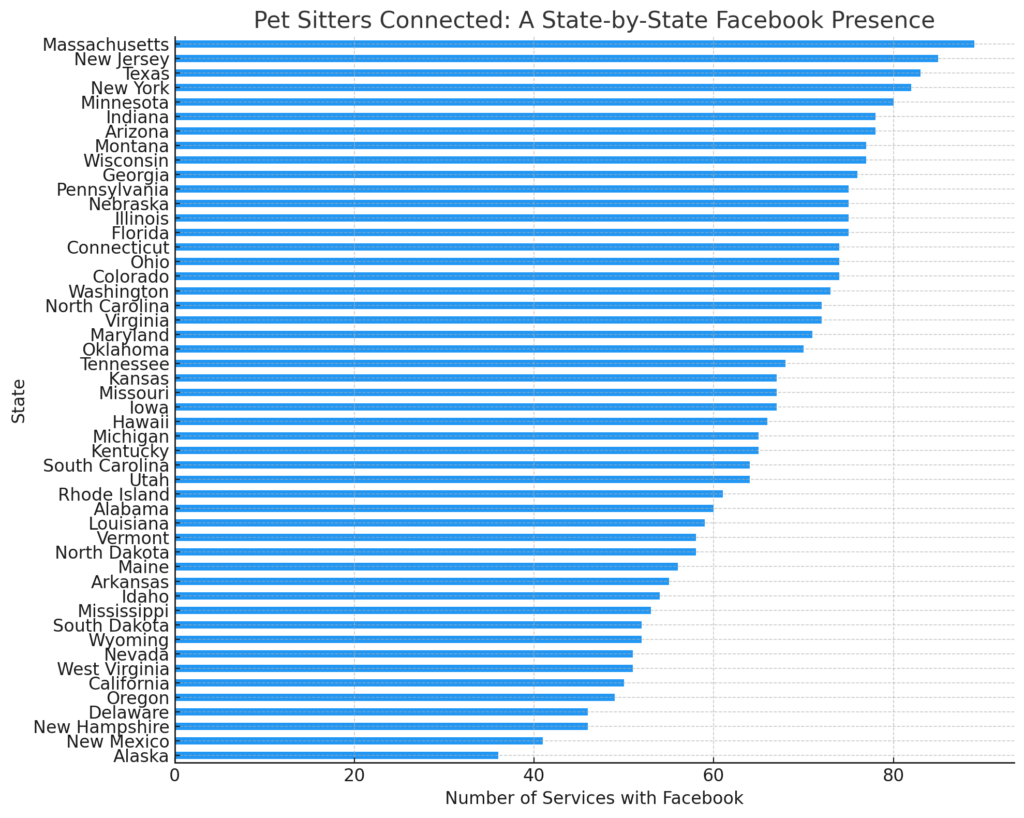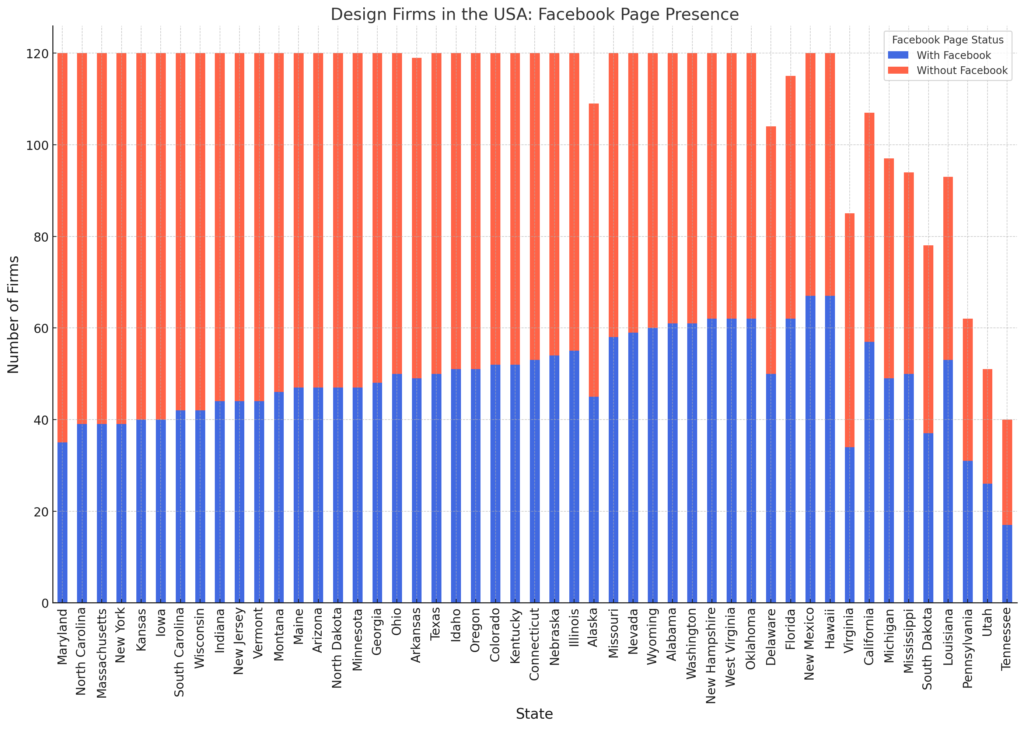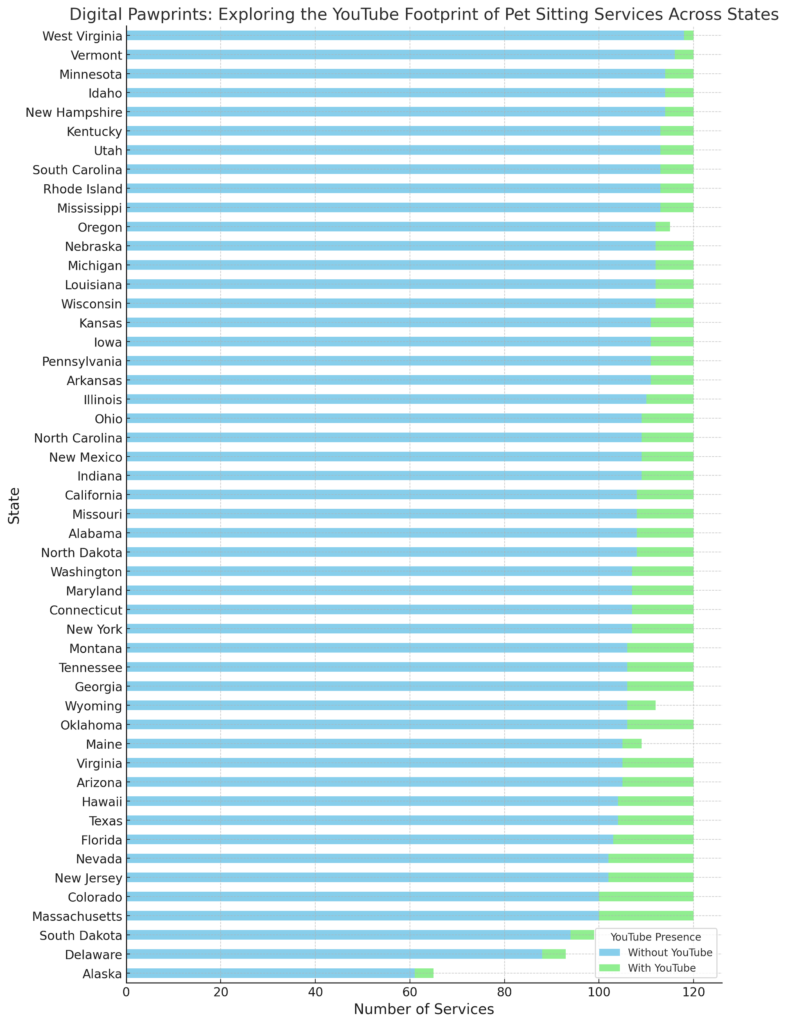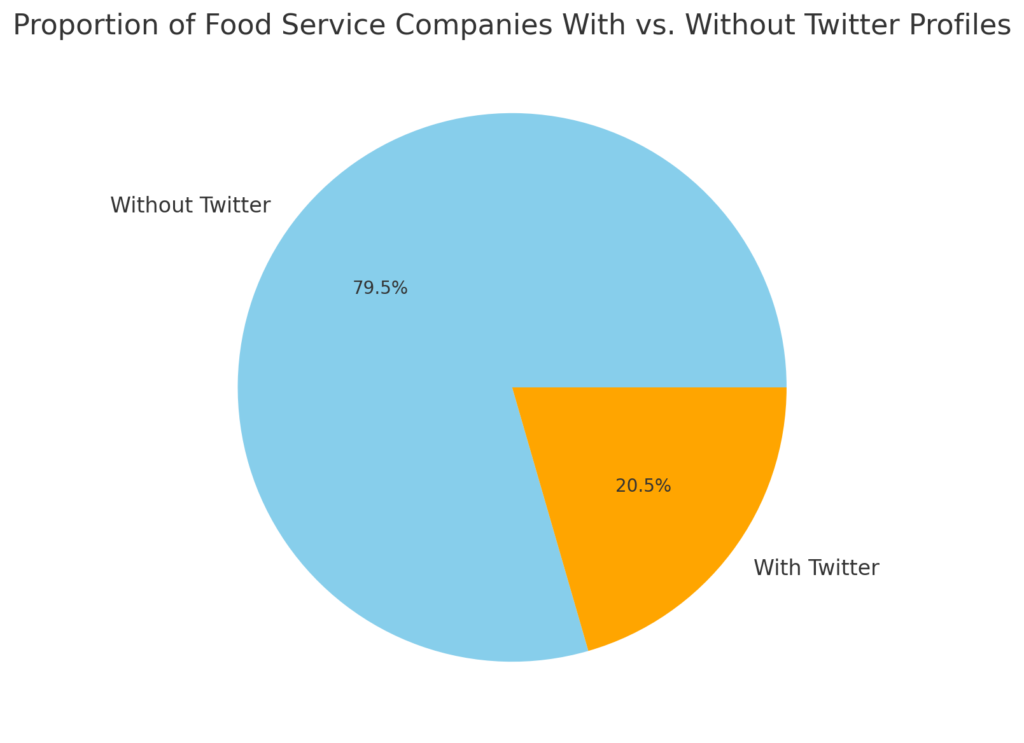In the rapidly evolving landscape of the food service industry, the key to sustainable growth often lies in effectively leveraging customer feedback.
With the advent of digital communication, email has emerged as a powerful tool to not only solicit valuable insights but also to foster a dialogue that can lead to significant improvements in service and offerings.
Our analysis of over 2,875 food service companies across the United States reveals a promising yet underutilized opportunity for businesses to enhance their customer feedback mechanisms.

Personalize Your Plate
The first taste of any dish sets the tone for the culinary journey ahead. Similarly, personalization in your email communication ensures your message resonates on a personal level with your patrons.
Utilize customer data to tailor your emails—be it a birthday discount, a special offer on their favorite dish, or a personalized thank you note for their continued patronage.
This approach not only enhances customer experience but also fosters loyalty, making your patrons feel like part of your culinary family.
Savor the Feedback
Feedback is the feedback loop’s core ingredient, offering insights into your customers’ preferences, expectations, and areas for improvement.
Encourage your patrons to share their dining experiences through post-visit email surveys. Keep these surveys short, sweet, and to the point, respecting your customers’ time.
Offering a small incentive, like a discount on their next visit, can significantly increase response rates. Analyze this feedback to refine your menu, service, and overall customer experience.
Stir in Some Education
Emails can be more than just promotional tools; they can educate and engage your audience. Share behind-the-scenes glimpses of your kitchen, spotlight your chefs, or offer exclusive recipes.
This strategy not only keeps your customers engaged but also builds a deeper connection with your brand. Educating your patrons about the source of your ingredients or the inspiration behind a dish can add an extra layer of appreciation for the culinary experience you offer.
Season with Social Proof
Nothing whets the appetite quite like a glowing review or a tantalizing testimonial. Incorporate customer reviews and testimonials in your emails to build trust and credibility.
Sharing success stories, especially those highlighting your responsiveness to feedback, can significantly influence potential patrons’ dining decisions.
Crafting Personalized Feedback Loops
The effectiveness of email as a feedback tool hinges on personalization. Generic email blasts are less likely to engage customers and prompt actionable feedback.
Instead, personalized emails that reference specific dining experiences, menu items, or previous feedback stand a much better chance of eliciting meaningful responses.
Our analysis suggests that companies adopting a more tailored approach to their email communications see higher engagement rates and more valuable feedback.
Analyzing Feedback for Culinary and Service Excellence
Gathering customer feedback is only the first step. The real challenge and opportunity, lies in analyzing this feedback to identify trends, preferences, and areas for improvement.
Whether it’s adjusting a recipe based on customer suggestions or refining the dining experience, actionable feedback is a goldmine for any business aiming for excellence.
Implementing Feedback with Agility
The agility to act on customer feedback is what separates the good from the great in the food service industry.
Our dataset showcases companies that swiftly implement changes based on customer insights tend to not only improve their offerings but also strengthen customer loyalty.
This quick adaptation cycle can become a significant competitive advantage.
Cultivate Community
Lastly, use email to cultivate a sense of community around your brand. Invite customers to exclusive events, tastings, or cooking classes. Highlight community involvement or charity initiatives your establishment supports.
This strategy not only strengthens your relationship with your patrons but also underscores your brand’s values and commitment to the community.
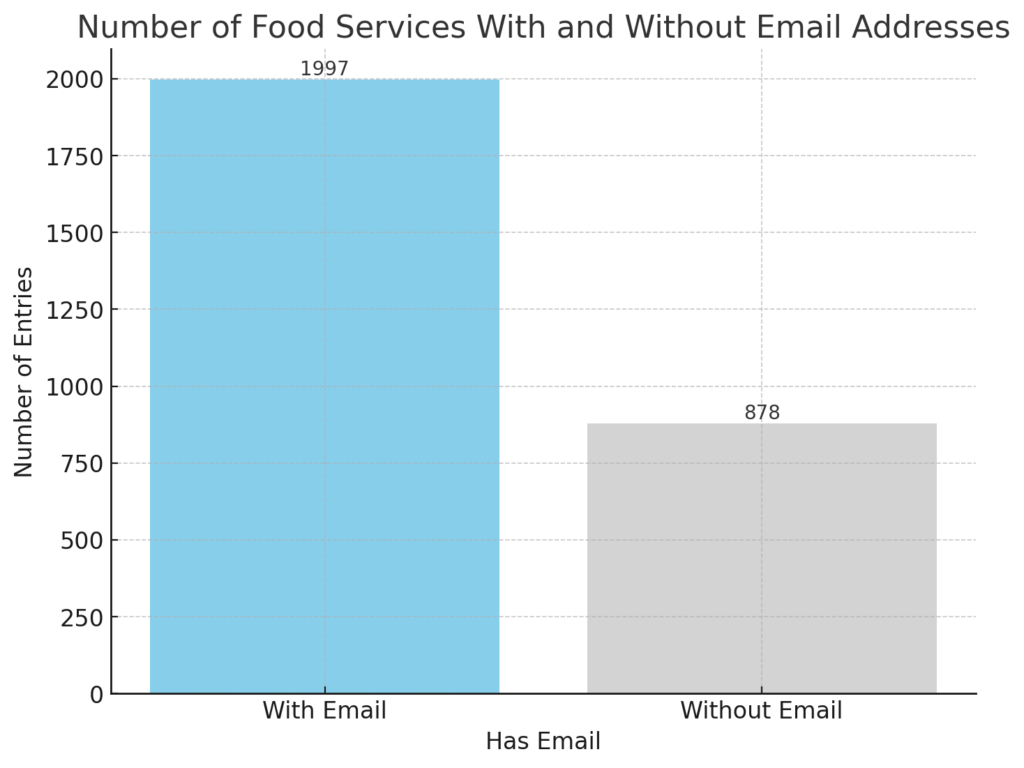
Conclusion
Our comprehensive analysis of 2,875 food service companies has shed light on the important role of email in cultivating a robust feedback loop.
By embracing innovative email strategies, businesses can unlock a wealth of insights that pave the way for gastronomic growth.
It’s clear that in the quest for culinary excellence and customer satisfaction, the feedback loop is an invaluable asset.
As the industry continues to evolve, those who invest in nurturing this loop through thoughtful, engaging email communication will be the ones to lead the charge toward a brighter, more connected food service landscape.






